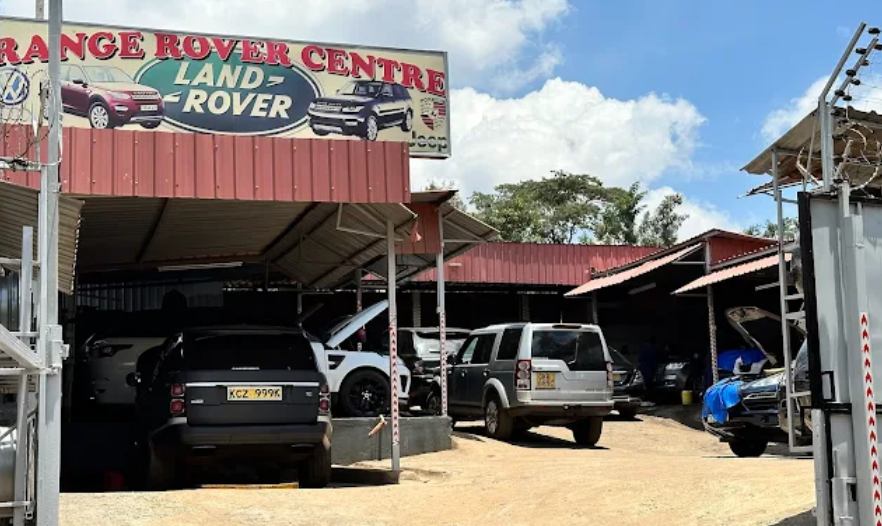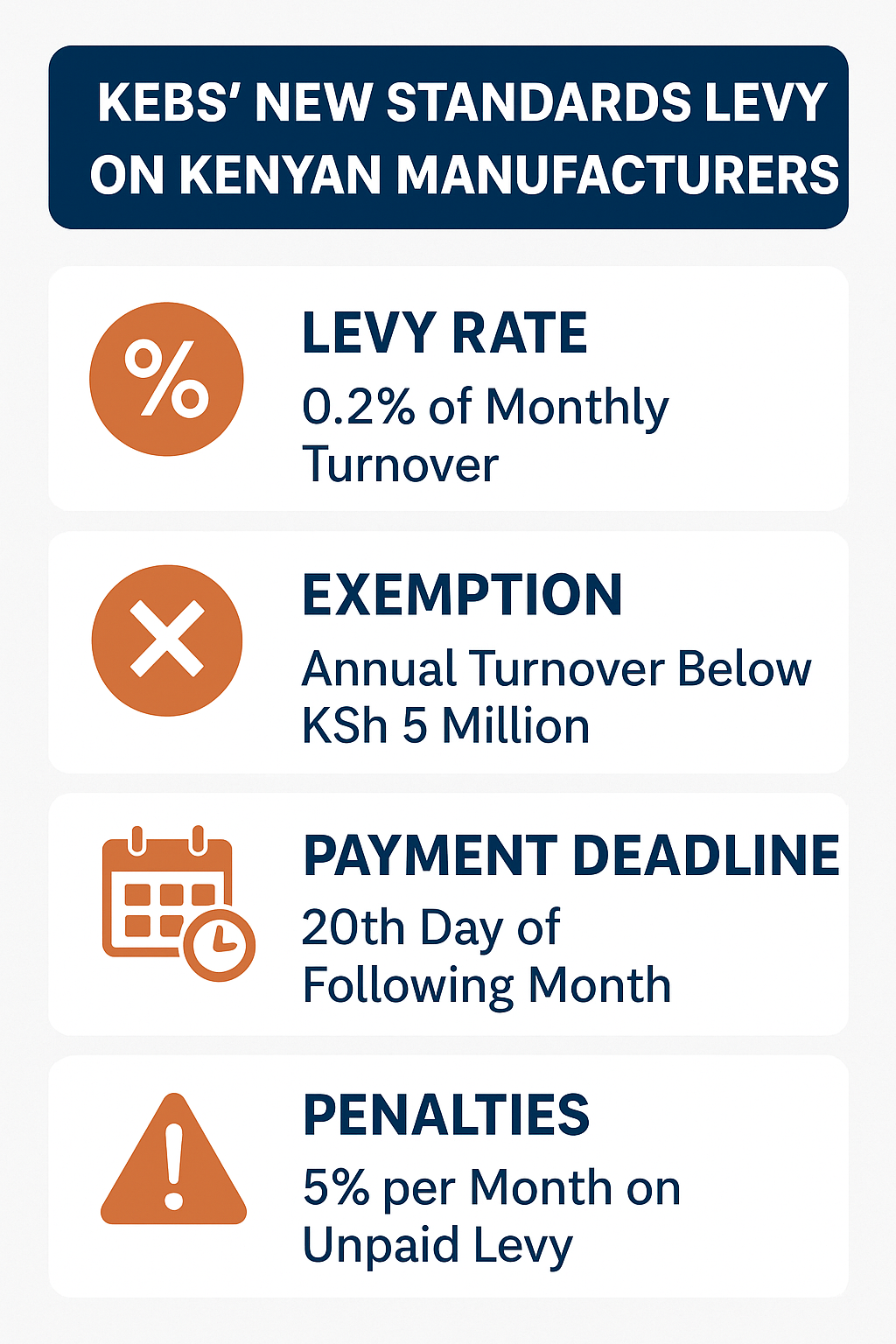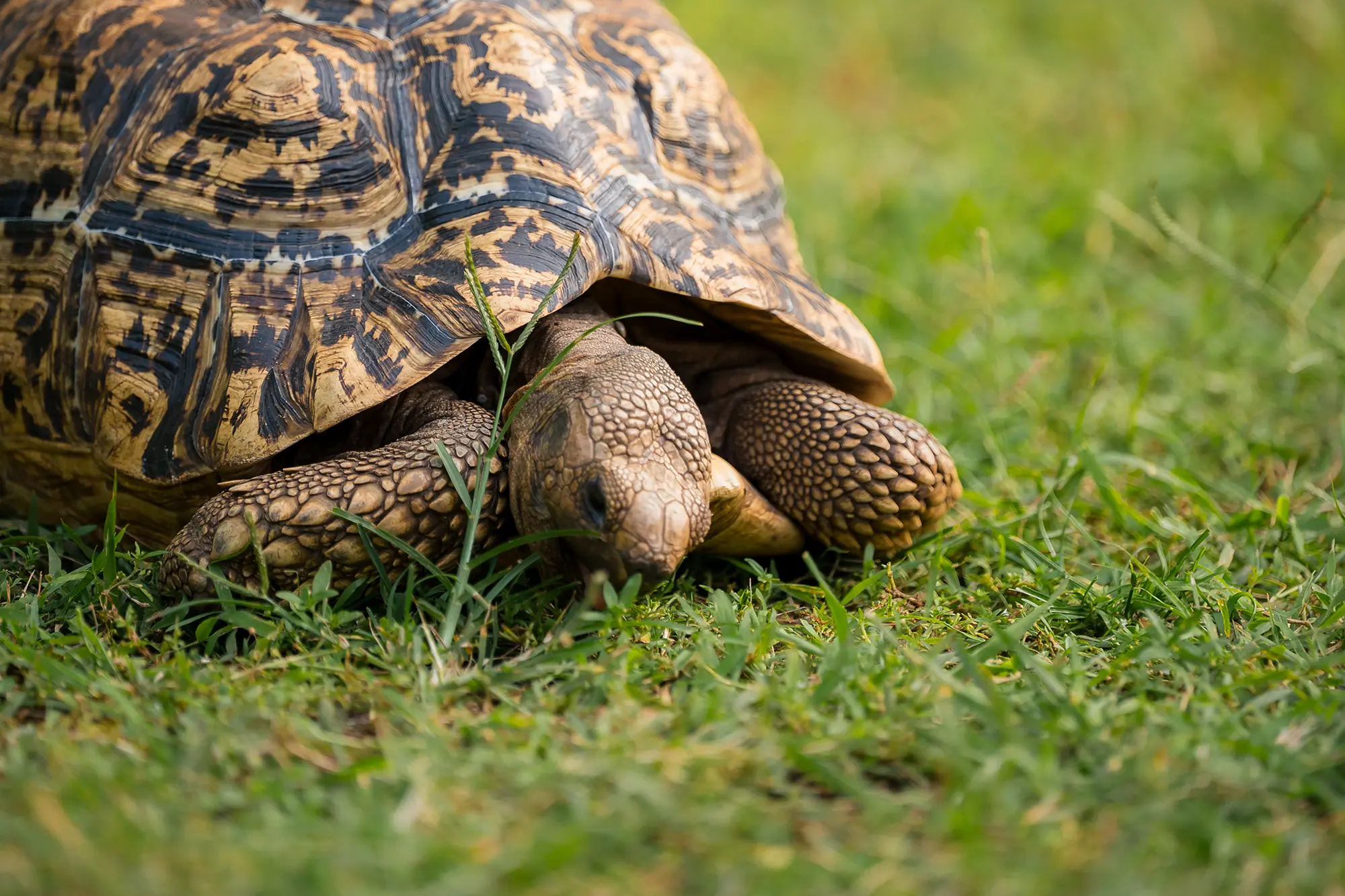Lemongrass farming in Kenya is quickly becoming a profitable agribusiness for farmers looking to tap into both local and export markets. This tropical perennial herb is highly valued for its use in spices, herbal teas, and essential oils.
The plant’s refreshing citrus scent and flavor make it a favorite for food, health, and cosmetic industries. With rising demand and Kenya’s favorable climate, growing lemongrass can be a rewarding venture for small-scale and commercial farmers alike.
Understanding the right varieties, growing conditions, and market opportunities is key to success.

Understanding Lemongrass Farming In Kenya
Lemongrass thrives in warm, humid conditions and requires proper care from land preparation to harvesting. The plant is easy to maintain once established and offers multiple harvests per year, giving farmers a steady source of income.
Best Growing Areas for Lemongrass
Lemongrass grows well in regions with adequate rainfall and warm temperatures. Ideal areas include:
- Western Kenya
- Coastal region
- Central Kenya
- Parts of Rift Valley
These regions provide the warmth and soil conditions lemongrass needs to flourish.
Common Varieties Grown in Kenya
Farmers can choose from several high-yield and quality varieties, including:
- East African Cymbopogon Citratus
- Cymbopogon Martini
- Cymbopogon Winterianus
- Cymbopogon Flexuosus
- West Indian Cymbopogon Citratus
Selecting the right variety ensures better yields and market value.
Ecological Requirements for Lemongrass
For the best results, lemongrass requires:
- Slightly acidic, well-drained soil (pH 5.5–7.5)
- Sandy loam soil for easy root penetration
- Temperatures between 20°C and 35°C
- Warm and humid climate with adequate rainfall
If rainfall is insufficient, supplementary irrigation is necessary for healthy growth.
Steps to Grow Lemongrass in Kenya
Land Preparation
Clear all weeds to prevent competition for nutrients. Plough the land thoroughly to achieve a fine tilth. Apply well-decomposed organic manure to improve soil fertility and structure before planting.
Planting
Lemongrass can be grown from seeds or stem cuttings, though most farmers prefer cuttings for faster establishment.
- Using cuttings: Space rows 60cm apart and plants 30cm apart within rows.
- Using seeds: Sow directly into prepared soil, cover lightly, and water. Germination takes about 14 days.
Pest and Disease Management
Lemongrass can be attacked by aphids, mites, grasshoppers, and fungal diseases like leaf rust. Farmers can manage these threats by:
- Planting resistant varieties
- Using recommended pesticides and fungicides
- Maintaining field hygiene and removing infected plants
Harvesting Lemongrass
Depending on the variety and climate, lemongrass is ready for harvesting in 6–8 weeks. Use a sharp knife or sickle to cut stalks at the base. An acre can yield between 5 and 10 tons per harvest. With proper care, multiple harvests can be done annually.
The Market for Lemongrass in Kenya
The demand for lemongrass products is growing in Kenya and abroad.
Local Market Opportunities
Local buyers include:
- Herbal tea manufacturers
- Food processing companies
- Spice producers
Lemongrass is also popular in local markets for home use in cooking and tea-making.
Export Market Potential
Exporters target regions where lemongrass is not widely grown but is in demand for essential oil production and health products. Farmers can work with exporters or form cooperatives to access larger markets.
Value Addition Opportunities
Farmers can increase profits by processing lemongrass into:
- Dried lemongrass leaves for herbal teas
- Lemongrass powder as a spice
- Lemongrass essential oil for cosmetics and aromatherapy
Value addition not only increases income but also reduces post-harvest losses.
Why Lemongrass Farming Is a Profitable Venture
Lemongrass farming in Kenya offers several advantages:
- Low maintenance after establishment
- Multiple harvests per year
- Strong demand in food, health, and cosmetic industries
- Ability to process into high-value products
With proper planning and market targeting, farmers can make lemongrass a reliable source of income.
Conclusion
Lemongrass farming in Kenya presents a great opportunity for farmers willing to invest in proper cultivation practices and market research. From suitable climates in Western and Coastal Kenya to the growing export demand, the business potential is clear.
By choosing the right variety, following recommended farming practices, and exploring value addition, farmers can turn lemongrass into a sustainable agribusiness that supports both local consumption and international trade.





































